White Bass vs Striped Bass: Key Differences for Anglers
For many anglers, distinguishing between white bass and striped bass can be a challenging yet essential skill. These two popular freshwater game fish share similar appearances and habitats, leading to frequent misidentification even among experienced fishermen. Whether you’re casting lines for sport or sustenance, understanding the distinct characteristics of each species can significantly enhance your fishing experience. This comprehensive guide will explore the key differences between white bass and striped bass, providing anglers with the knowledge needed to identify, target, and appreciate these remarkable fish.
Physical Appearance and Size Differences
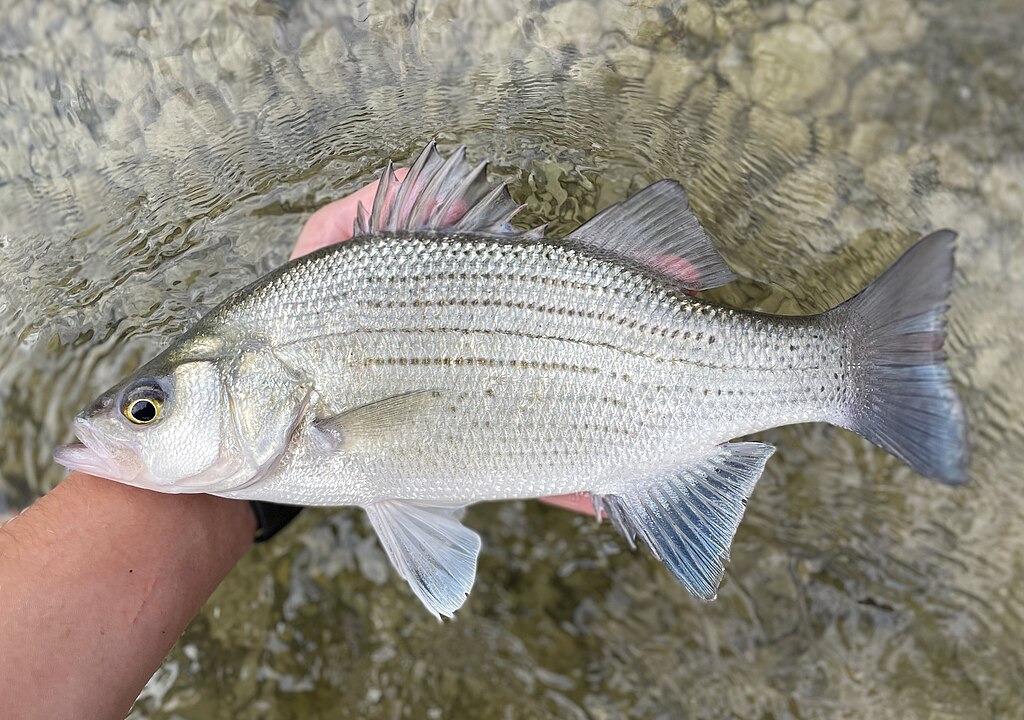
The most noticeable difference between white bass and striped bass lies in their size. Striped bass (Morone saxatilis) are substantially larger, typically reaching 20-40 pounds in maturity, with record specimens exceeding 100 pounds. White bass (Morone chrysops), in contrast, rarely exceed 4 pounds, with the average adult weighing between 1-3 pounds. This significant size disparity serves as an immediate indicator when comparing the two species side by side. Beyond weight, striped bass also display a more elongated body shape compared to the deeper, more compressed profile of white bass, giving them distinctly different silhouettes in the water.
Stripe Pattern Variations
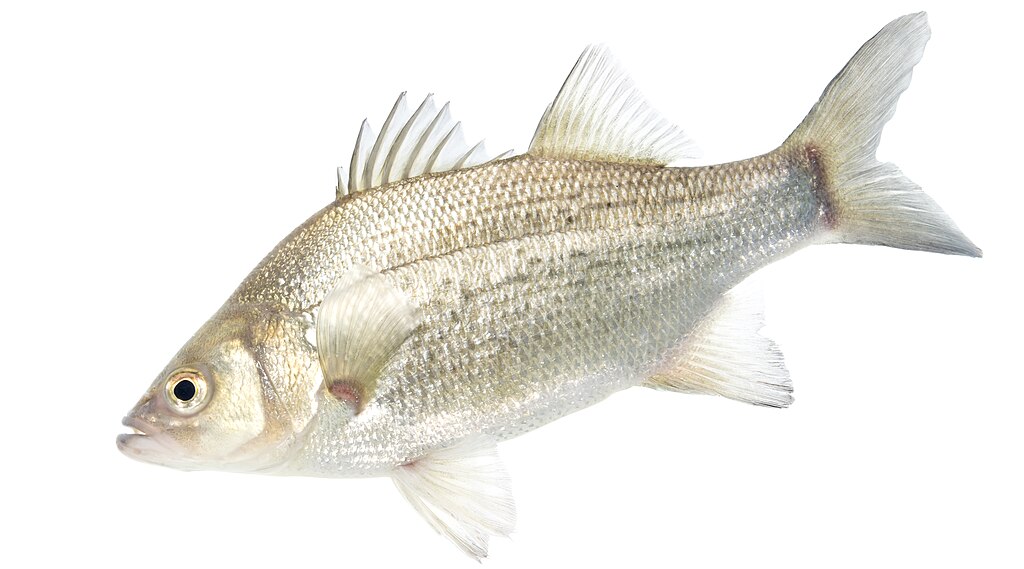
As their names suggest, both species feature distinctive striping patterns, but careful observation reveals telling differences. Striped bass exhibit bold, prominent horizontal black stripes that run continuously from gill to tail, typically featuring 7-9 clear, unbroken lines. White bass, however, display thinner, lighter stripes that often appear broken or faded, particularly below the lateral line. Additionally, only a few of the white bass’s stripes (usually 4-5) extend to the tail. The continuity and boldness of these stripes provide one of the most reliable visual identification methods when comparing these two species in hand.
Habitat Preferences
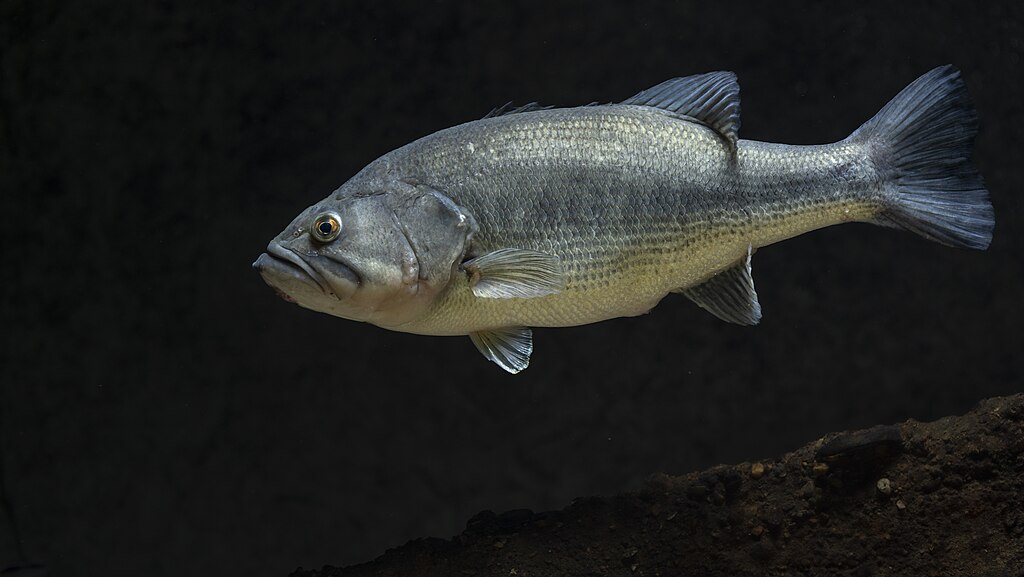
While both species can be found in similar water systems, their specific habitat preferences differ noticeably. Striped bass were originally anadromous coastal fish that migrated between saltwater and freshwater, though many landlocked populations now exist in reservoirs across North America. They prefer deeper, open water with strong currents and tend to remain in the cooler, oxygen-rich depths during summer months. White bass are exclusively freshwater fish that thrive in large lakes and reservoirs but show a greater tolerance for warmer, shallower waters. White bass also demonstrate more comfort in river systems, particularly during their spring spawning runs, and are more likely to be found in smaller tributaries than their larger cousins.
Feeding Behavior and Diet

The feeding patterns of these two bass species reflect their size differences and ecological niches. Striped bass are voracious predators with a diet consisting primarily of larger baitfish like shad, herring, and even small trout in some ecosystems. Their feeding frenzies, known as “blitzes” or “boils,” create spectacular surface disturbances as they corral and attack schools of baitfish. White bass, while also predatory, target smaller prey items, including small minnows, crappie fry, and various aquatic invertebrates. White bass are known for their tendency to hunt in large schools, creating feeding frenzies that, while less dramatic than striped bass boils, still produce exciting fishing opportunities as they chase baitfish to the surface in coordinated attacks.
Spawning Behaviors
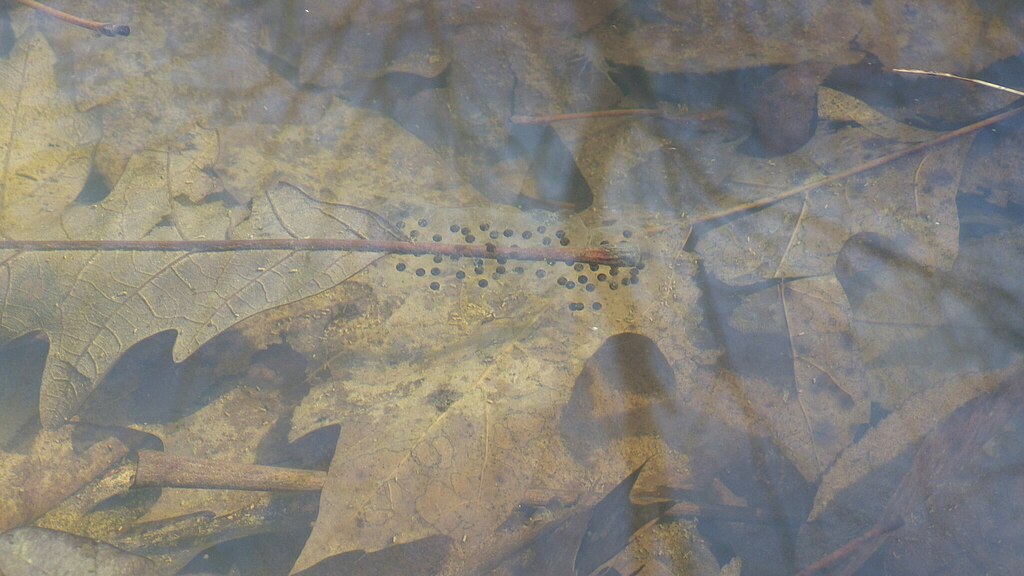
The reproductive behaviors of white bass and striped bass provide additional distinguishing characteristics. White bass are highly prolific spawners, with females producing up to 500,000 eggs in a single season. They typically spawn in spring when water temperatures reach 55-65°F, moving up into tributaries and shallow rocky areas in large groups. Striped bass, maintaining aspects of their anadromous heritage, generally require flowing water for successful reproduction. In coastal regions, they migrate from saltwater into freshwater rivers to spawn, while landlocked populations seek out inflowing rivers or wind-swept rocky shorelines. Female striped bass are remarkably fertile, capable of producing several million eggs per season, though their spawning success in landlocked environments is often limited without suitable flowing water conditions.
Hybridization: The Hybrid Striped Bass
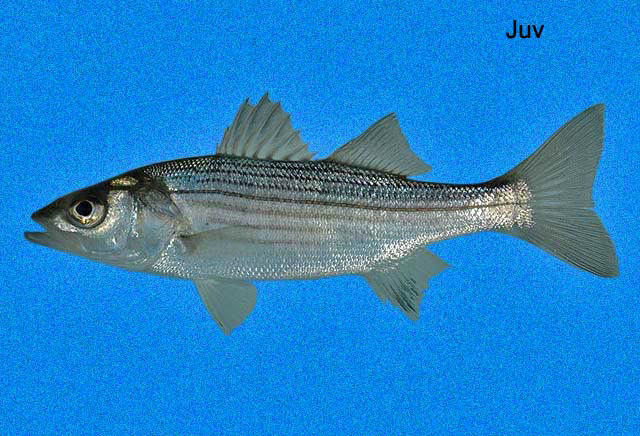
Adding to the identification challenge is the popular hybrid striped bass, commonly called “wipers” or “sunshine bass,” which results from crossing female striped bass with male white bass. These hybrids display characteristics of both parent species, including interrupted stripes reminiscent of white bass but a body size closer to striped bass. Hybrid striped bass are sterile and grow faster than pure striped bass in the first few years of life, making them popular for stocking programs across the country. They exhibit a more aggressive feeding pattern than either parent species and can tolerate warmer water temperatures than pure striped bass, making them adaptable to various fishing environments.
Tooth Patch Identification
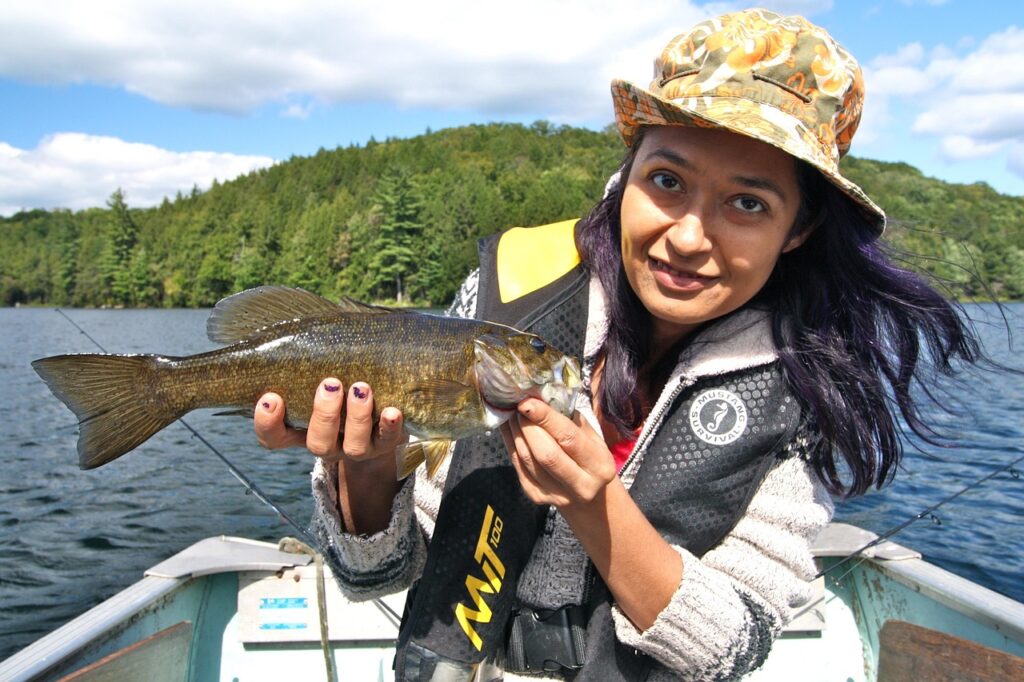
One of the most definitive ways to distinguish between white bass and striped bass involves examining the tooth patches on the fish’s tongue. Striped bass possess two distinct, parallel tooth patches on their tongue that remain separate throughout the length of the tongue. White bass, however, have a single tooth patch that may appear slightly divided at the front but merges into one patch toward the back. This anatomical difference provides a nearly foolproof identification method when visual assessments of size and striping patterns leave room for doubt. For anglers practicing catch-and-release, this can be checked quickly and with minimal handling stress to the fish.
Fishing Techniques for White Bass
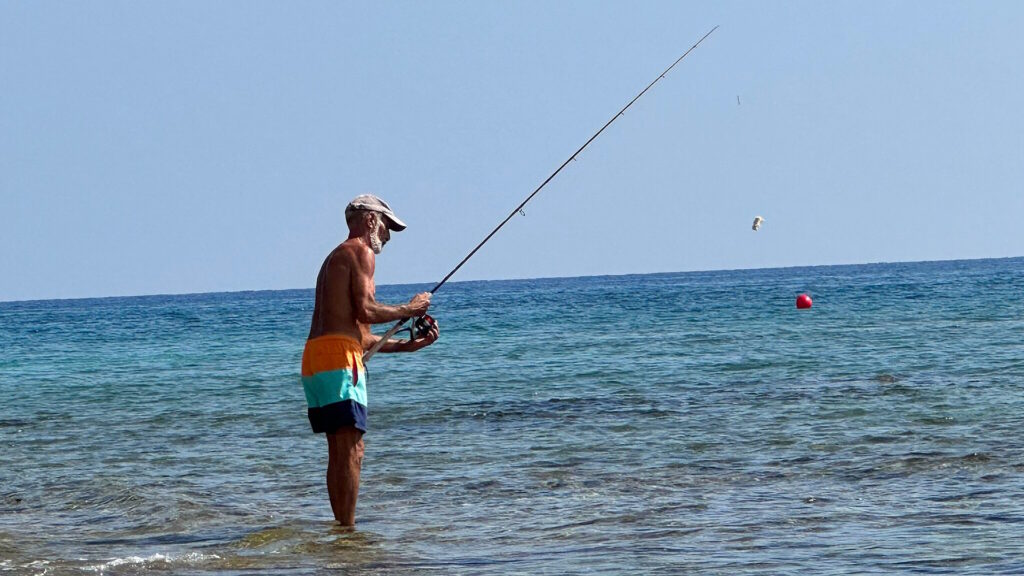
Targeting white bass effectively requires specific techniques tailored to their behavior and habitats. Light to medium spinning tackle with 6-10 pound test line generally provides the ideal balance of sensitivity and control for these smaller fighters. Small jigs, spinners, and crankbaits in white, silver, or chartreuse colors effectively mimic their preferred baitfish prey. During spring spawning runs, white bass concentrate in predictable locations where tributaries enter main lake bodies, creating excellent opportunities for shore anglers to access them. Their tendency to school means that finding one white bass often leads to catching many, particularly when anglers can locate them chasing baitfish near the surface, where topwater lures become highly effective.
Fishing Techniques for Striped Bass

Pursuing striped bass demands heavier equipment and different strategies than those employed for white bass. Medium-heavy to heavy rods paired with reels capable of holding substantial line are necessary to handle their powerful runs and larger size. Live bait tactics using shad, herring, or cut bait often prove most effective, particularly when fishing deeper water during summer months. Trolling with deep-diving lures, umbrella rigs, or downriggers allows anglers to cover water efficiently and target stripers holding in thermoclines. During low-light conditions, especially at dawn and dusk, striped bass frequently move shallow to feed, creating opportunities for casting large topwater plugs, swimbaits, or jigging spoons near points and shoals where they ambush prey.
Seasonal Patterns and Migration
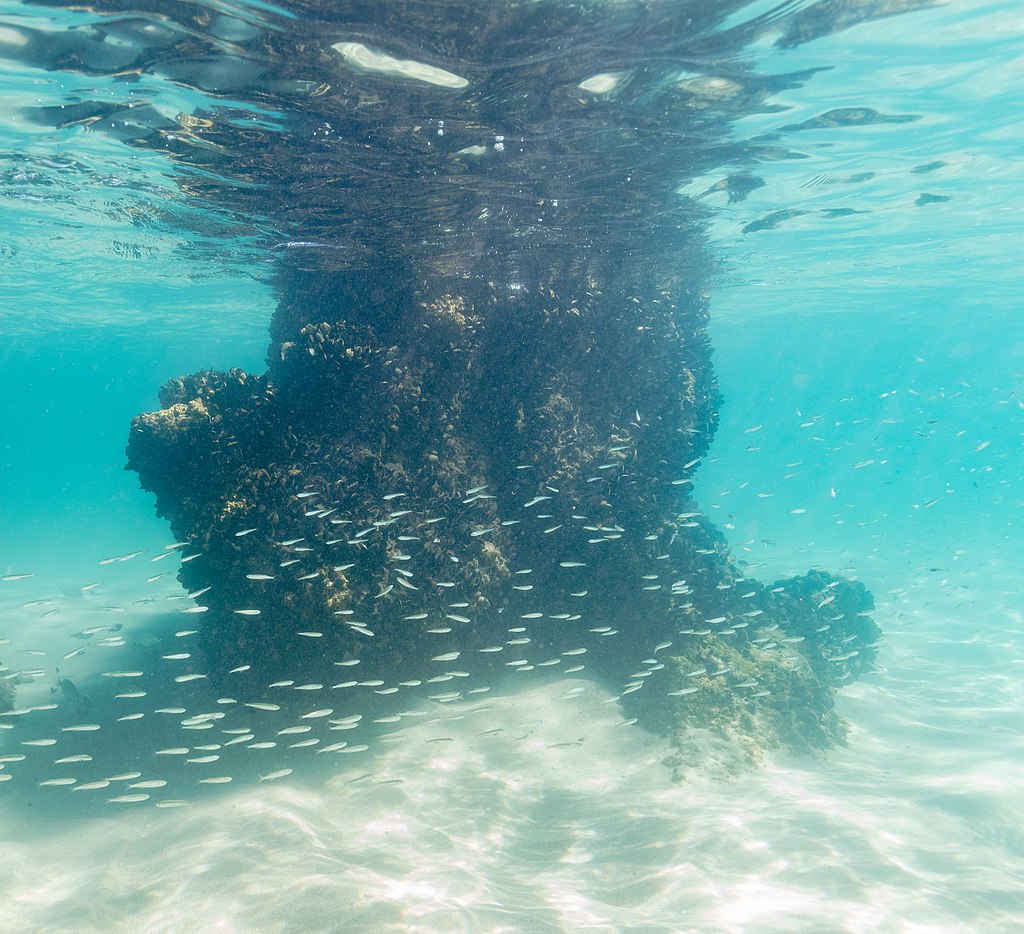
Understanding seasonal movements dramatically improves success rates when targeting either species. White bass exhibit predictable spring migrations into tributaries and feeder streams for spawning, typically beginning when water temperatures approach the mid-50s Fahrenheit. Following spawning, they return to main lake bodies and establish summer patterns relating to baitfish concentrations, often suspending near thermoclines. Striped bass demonstrate more complex seasonal movements, particularly in larger reservoirs where they follow thermoclines and oxygen levels throughout the year. During summer, they frequently establish distinct daily vertical migrations, moving deeper during daylight hours to find comfortable water temperatures below 75°F, then rising to shallower depths at night to feed.
Culinary Qualities and Table Fare

The culinary attributes of these species present another area of difference important to anglers who fish for food. White bass offer firm, white flesh with a mild flavor that many find appealing, though they can develop a stronger taste in warmer waters or during summer months. Proper cleaning, including removal of the dark lateral line, significantly improves their table quality. Striped bass are widely considered superior table fare, with sweet, flaky white meat that compares favorably to other premium seafood options. Their larger size provides substantial fillets with excellent texture, making them prized catches for culinary purposes. Both species benefit from immediate icing after catch to preserve their eating qualities, particularly during warmer weather.
Conservation Status and Regulations
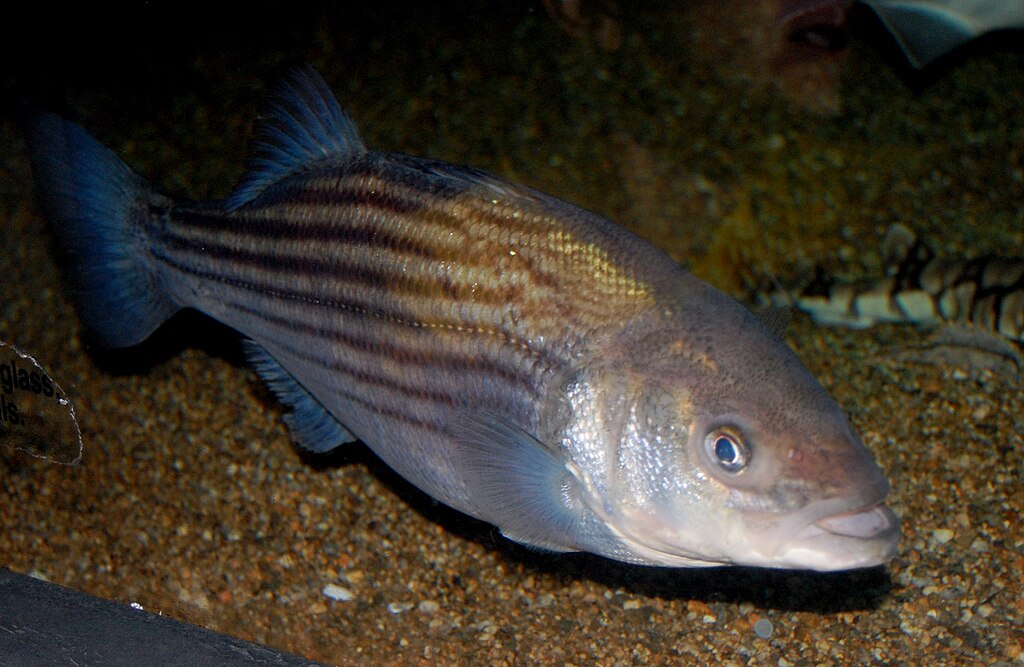
Fishing regulations for white bass and striped bass vary significantly across different waters and jurisdictions, reflecting their distinct conservation needs. White bass populations generally maintain stable numbers through natural reproduction in suitable habitats, allowing for liberal harvest limits in many locations. Striped bass, especially in coastal regions, have faced greater conservation challenges, resulting in more restrictive regulations including slot limits, seasonal closures, and reduced bag limits in many areas. Landlocked striped bass populations often depend on stocking programs for maintenance, as natural reproduction is limited in many reservoir environments. Anglers must always check current local regulations, as limits can vary dramatically between neighboring waters and change seasonally based on population assessments.
Historical Background and Distribution
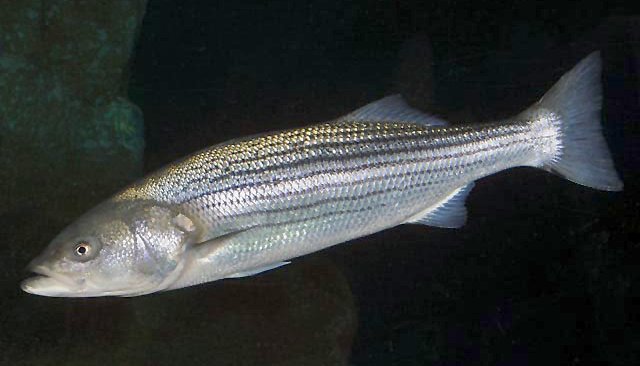
The geographical origins and distribution patterns of these species reflect interesting aspects of North American fisheries management. White bass are native to the Mississippi River basin and Great Lakes region, with a natural range extending from Minnesota to the Gulf Coast. Through intentional stocking, they now inhabit waters across much of the continental United States. Striped bass, by contrast, are native to the Atlantic coastline from the St. Lawrence River to northern Florida and into the Gulf of Mexico. Their introduction to Pacific coast waters in 1879 and subsequent stocking in major reservoirs across the country represent one of the most significant sport fish transplantations in American history. Understanding these distribution patterns helps explain the current overlap in range and the resulting identification challenges facing many anglers.
Conclusion: Appreciating Both Species
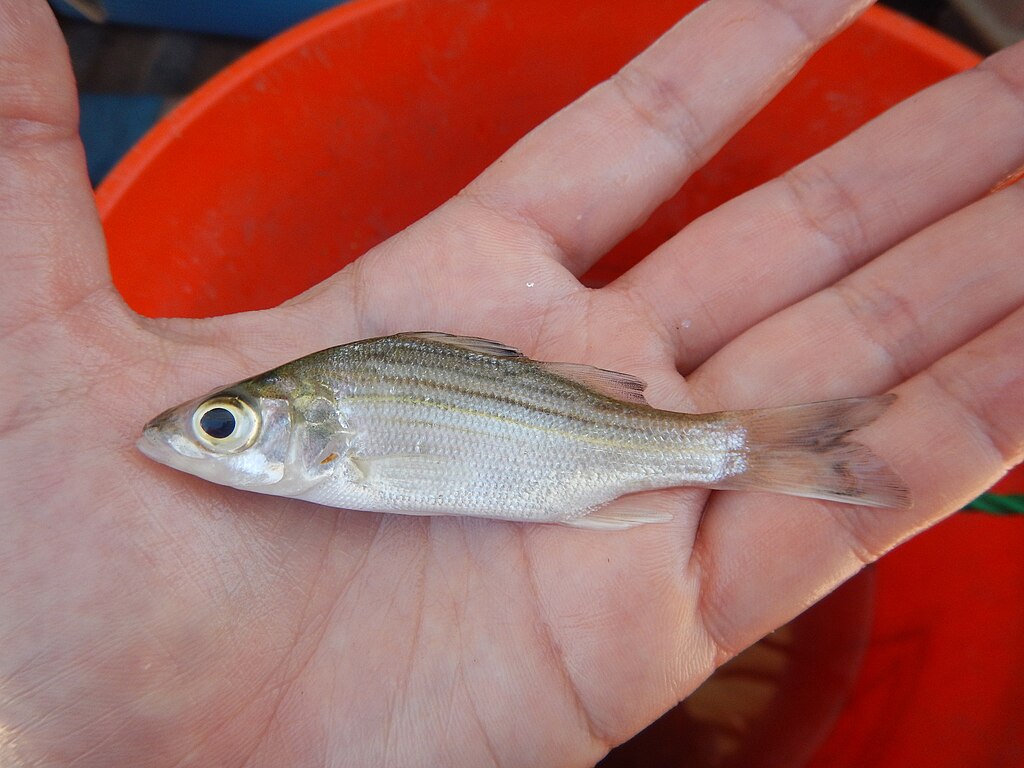
Both white bass and striped bass offer tremendous sporting opportunities for anglers across North America, each with its unique appeals and challenges. White bass provide fast action, accessibility for shore anglers, and exciting schooling behavior that can result in memorable multiple-fish catches. Striped bass deliver powerful fights, impressive size, and the thrill of pursuing a true apex predator capable of testing even heavy tackle. By understanding the key differences outlined in this guide, anglers can better identify their catch, tailor their techniques appropriately, and ultimately enjoy more productive and satisfying fishing experiences. Whether you’re seeking the adrenaline rush of a massive striper or the fast-paced action of schooling white bass, both species deserve appreciation for their sporting qualities and important roles in freshwater ecosystems.
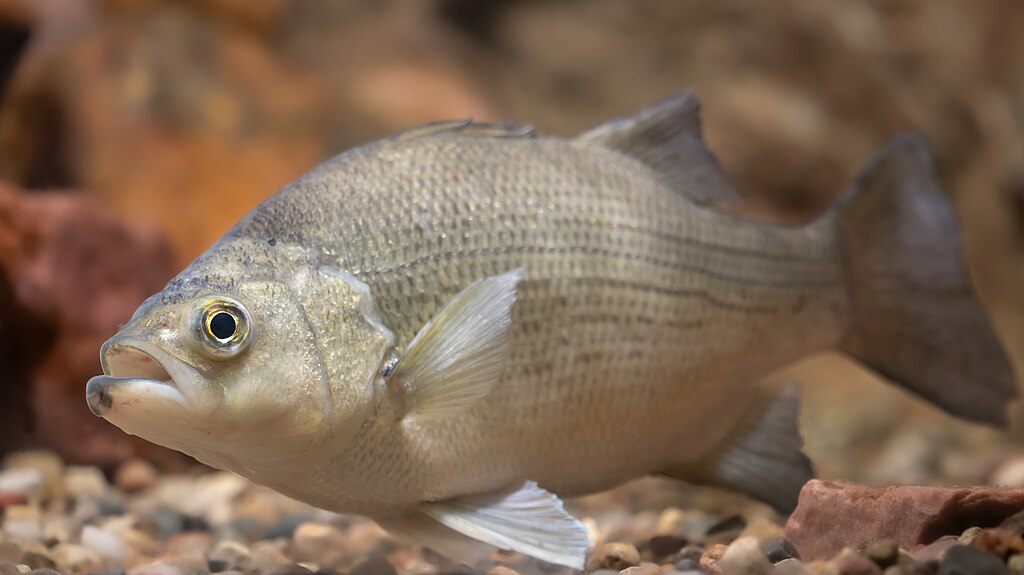
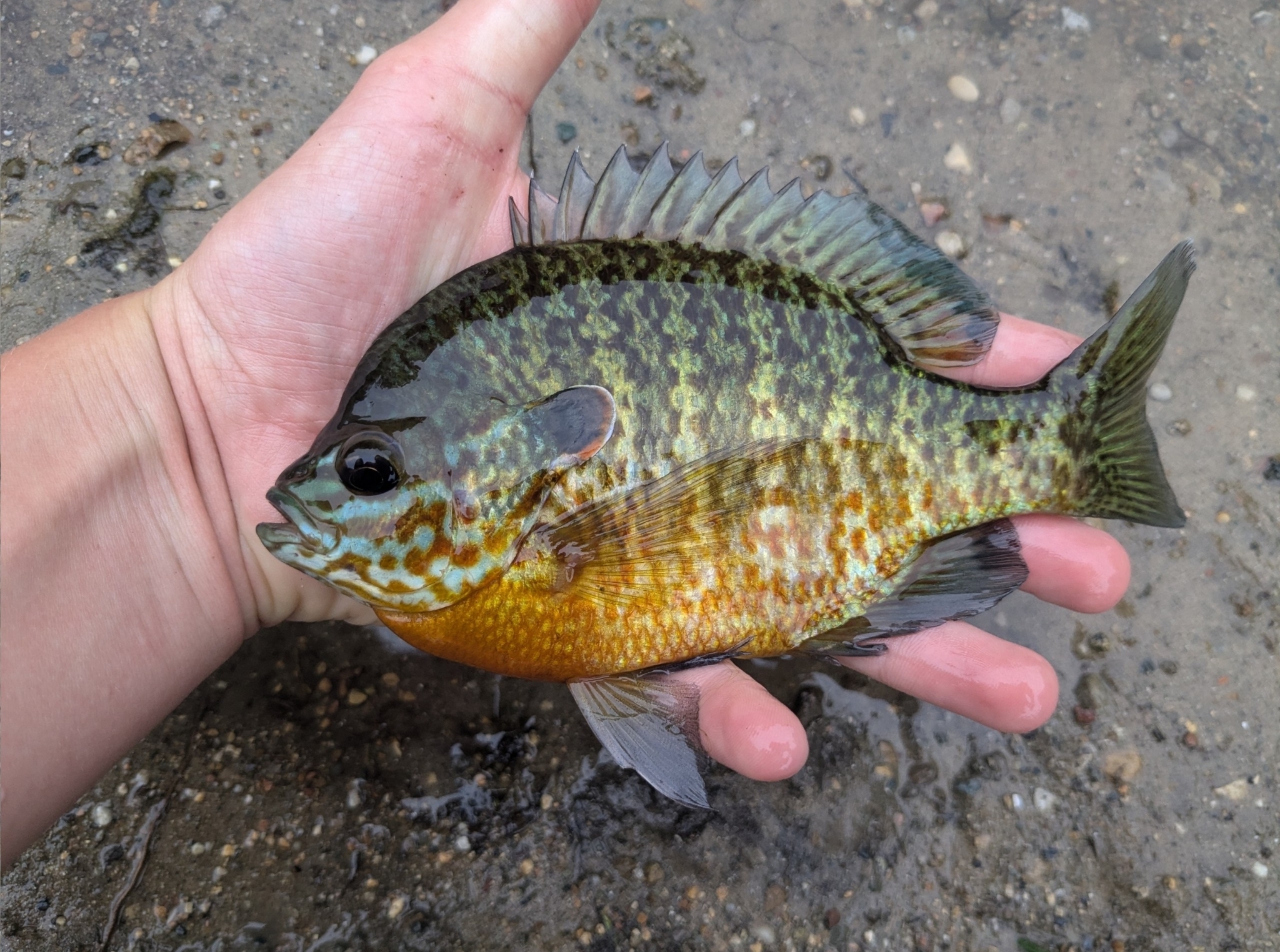












Post Comment